The “Everything Building Envelope” podcast brought back guest Will Smith for a third time on a recent episode, this time for more discussion about the aftermath of Hurricane Irma.
Will Smith works alongside podcast host Paul Beers at GCI Consultants and has a vast store of knowledge about glazing systems and the building envelope. For this post-Irma episode, Paul and Will engaged in an engrossing discussion about how “hurricane windows” performed against the prolonged battering of wind and rain that accompanied Irma on her journey through Florida.
Ordeal by Duration
Will Smith noted that hurricane winds in the range of 90 miles an hour — such as those of Hurricane Irma — aren’t the factor that intimidates residents living in hurricane zones. It’s the length of time that the winds blow, along with the deluge of heavy rains occurring at the same time, that takes the toll.
But Irma brought some good news for Florida residents — the state’s hurricane codes are working, creating a well-built environment that resulted in less catastrophic outcomes than would have been the case 20 or 30 years ago. That can be credited to some of the strongest building codes in the United States, in both Paul’s view and early findings of investigators.
Hurricane Windows
Among the improvements brought about by new building codes are “hurricane windows.” These are actually hurricane-resistant, tested to prescribed standards of wind and water pressures.
Hurricane-resistant doesn’t mean hurricane-proof — the tested ability of the window may be exceeded by hurricane forces. For example, laboratory tests put windows under pressure for periods of 15 minutes, but the winds of Hurricane Irma lasted for 16 hours. There’s also a disparity between the amounts of wind pressure and water pressure the window is required to withstand.
A totally hurricane-proof window precludes other desirable characteristics of windows, such as being able to open them for ventilation or allowing for an emergency exit, as required by code.
Performance of Hurricane Windows
Many hurricane windows leaked as a result of the protracted winds and rains of Irma, typically occurring as spurts of water bubbling around the bottom of a window and sometimes overflowing the track. Those spurts are propelled by gusts of wind and can add up to significant amounts of water when the gusts are frequent.
The accumulation of water might damage finish materials next to the window if it isn’t cleaned up. But the hurricane-resistant windows rarely sustained irreparable damage and are expected to last for many more years, through the normal weather patterns of Florida, which include intense storm events.
But hurricane-resistant windows should be checked to ensure they’re as functional as they need to be to make it through another hurricane that approaches Irma’s intensity.
Investigating Water Intrusion
Accessories that make the windows watertight, such as gaskets, weather strips and perimeter sealants, are subject to stress from movement of the structure during a storm, especially if they’re aging and already undergoing degradation from ultraviolet light and drying out.
Components may have started leaking before Hurricane Irma, and now is the time to determine whether leakage is a one-time event or has been ongoing, but undetected. Damaged drywall or wood trim can point to water intrusion that started earlier than Irma, whether from sealant failure or other construction and maintenance issues.
If an investigation suggests that water infiltration has been occurring for a while, it’s time to develop a water-testing program, to follow the path of intrusion and, ultimately, eliminate the cause.
Hear the complete discussion between Paul and Will at the “Everything Building Envelope” podcast and subscribe while you’re there so you don’t miss any vital information about construction.
For a deeper understanding of this episode’s issues, you can find Will Smith’s article “Hurricane Windows: Fact or Fiction” at the GCI Consultants website and check out Paul’s new video “Hurricane Leaks During Hurricane Irma” at the GCI channel on YouTube.

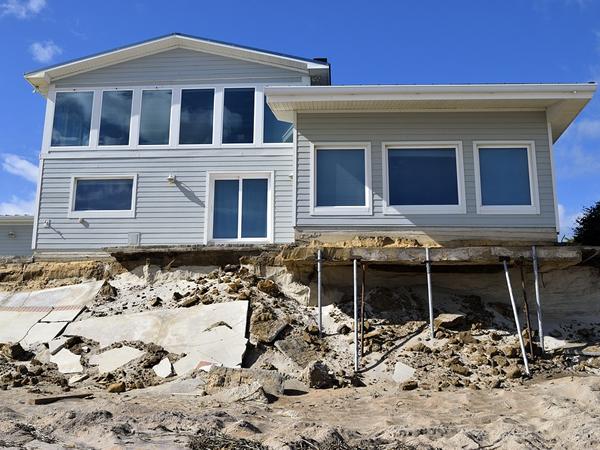

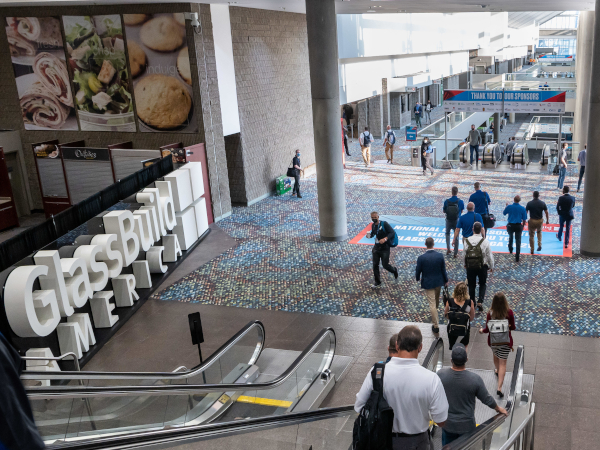

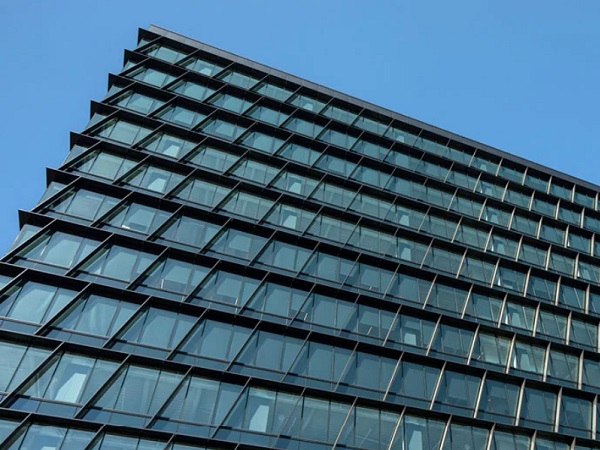
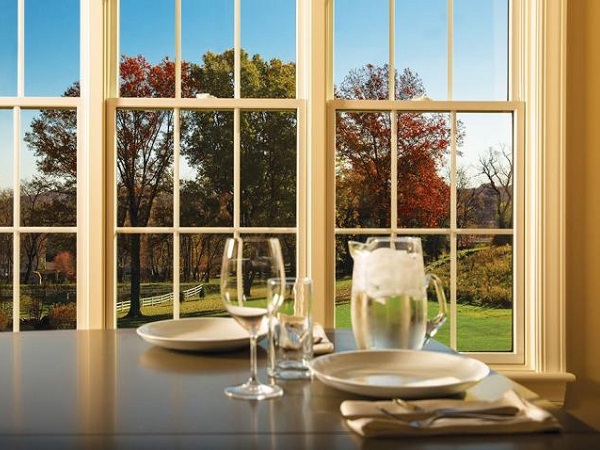

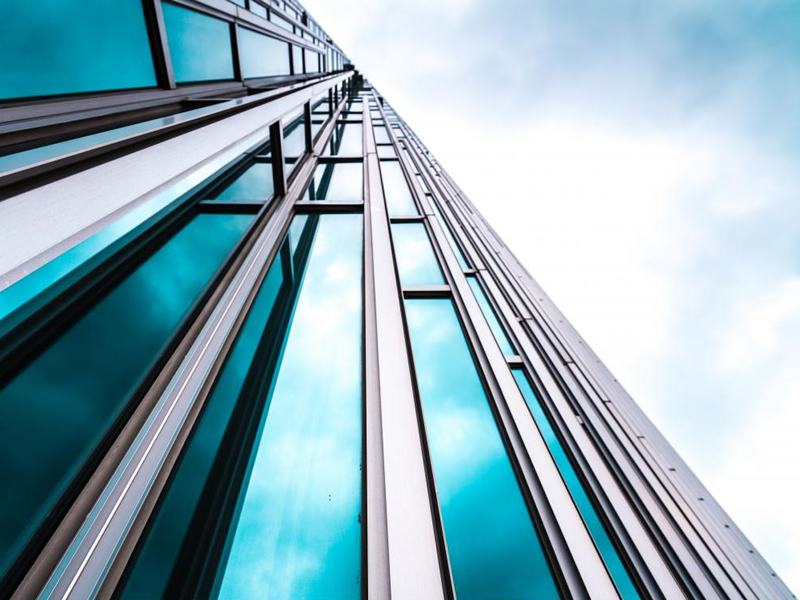




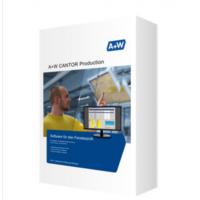
Comments
Hurricanes cause a lot of damage to life and property.
Investing in installing hurricane products keeps the house and business safe from the hurricane.
Hurricane window Miami provides all round protection to the house and business from the storm and hurricanes.
The impact resistant windows and doors are durable and can withstand high wind.
Take the help of professionals who can guide you in installing them in your home.
The use of hurricane film on the windows and doors and foam insulation on the roof can be also used to make the house safe and insulated.